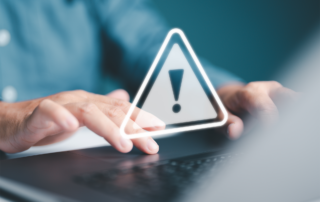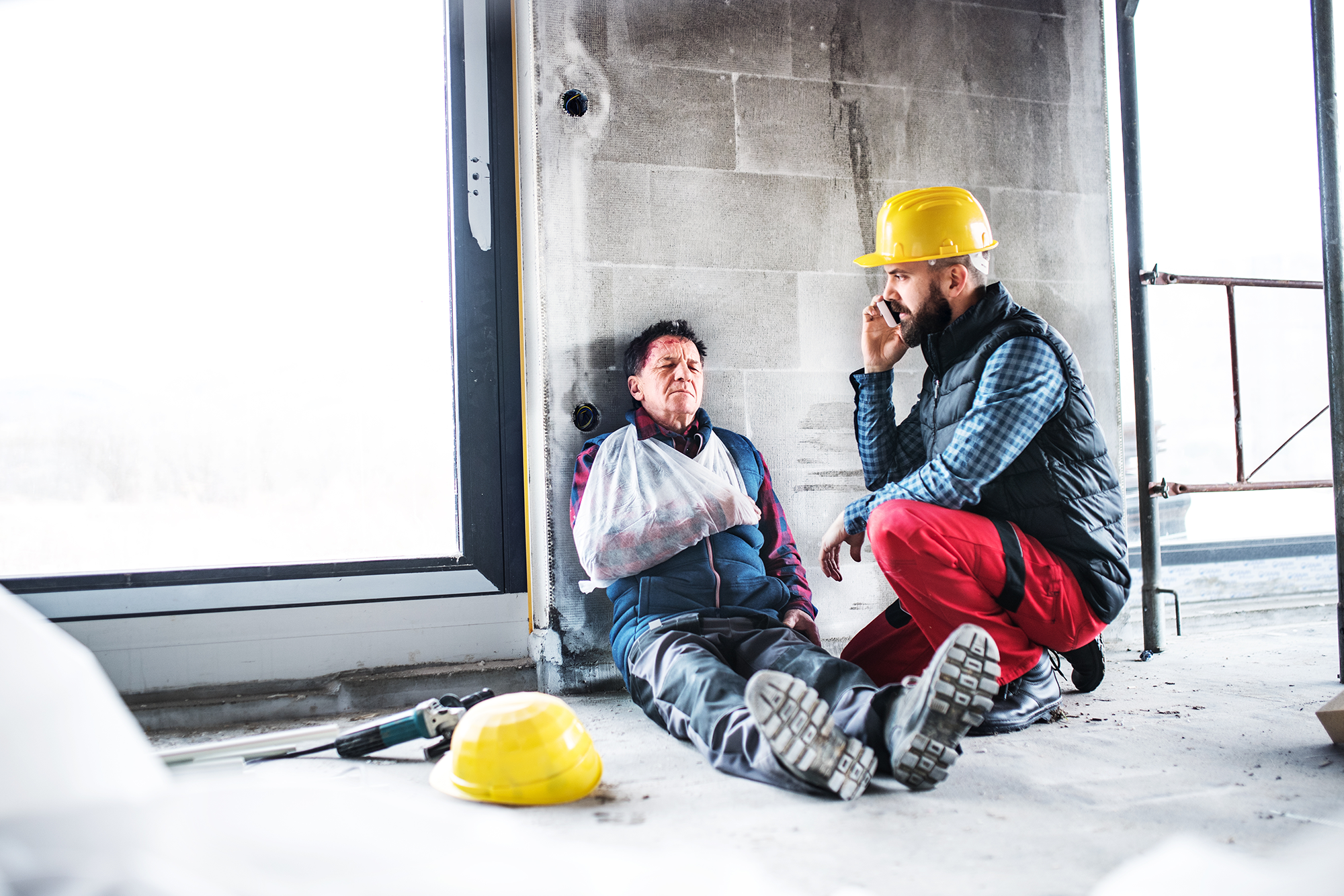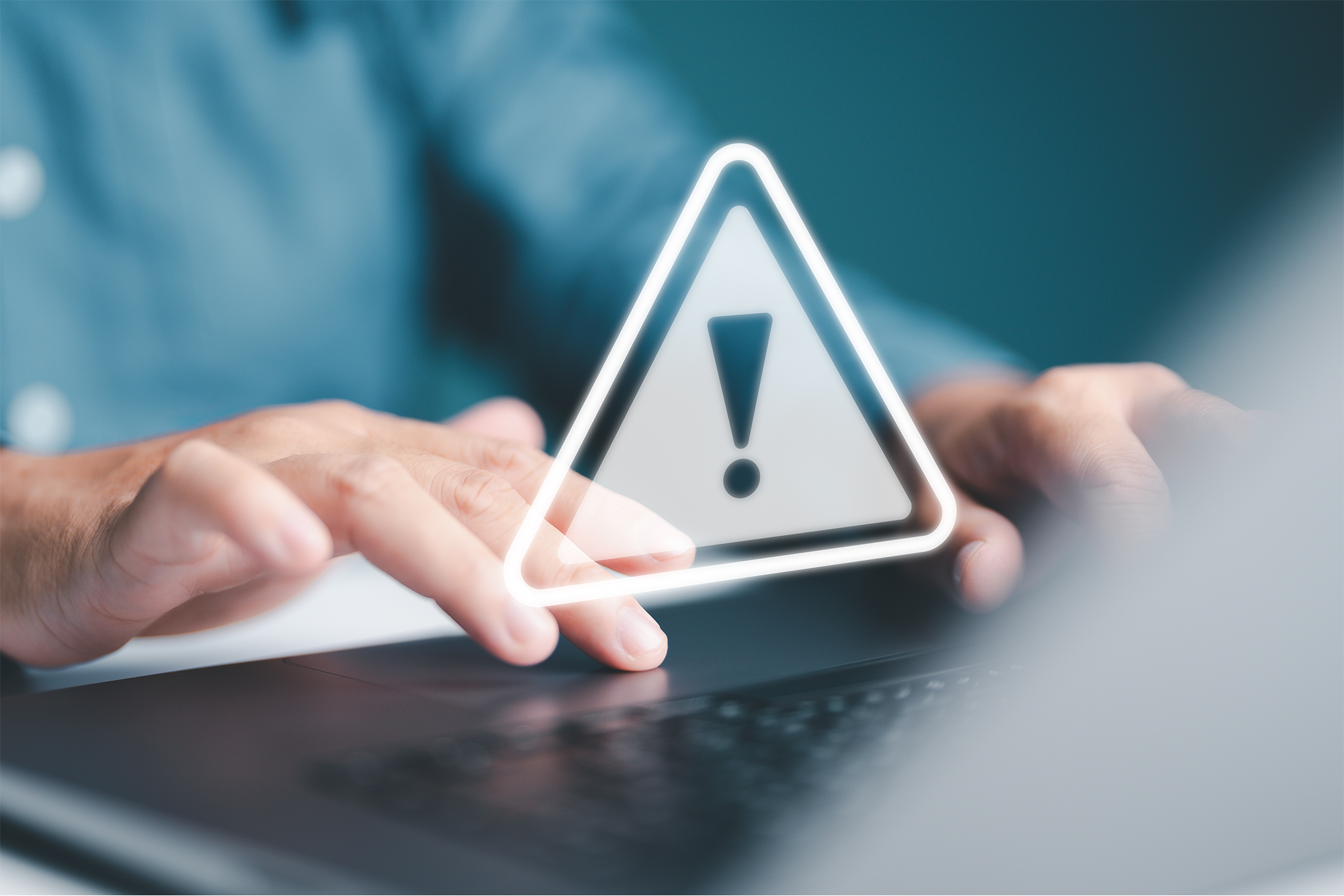As the end of the academic year approaches, schools must take proactive measures to ensure the safety and security of their campuses. End-of-year property inspections play a crucial role in identifying potential hazards, addressing maintenance issues, and maintaining a safe environment for students, staff, and visitors. In this article, we will explore the importance of end-of-year property inspections and provide guidance on how schools can conduct thorough assessments to mitigate risks and enhance campus safety.
Identifying Hazards and Maintenance Issues
End-of-year property inspections provide an opportunity for schools to identify and address potential hazards and maintenance issues before they escalate into safety concerns. Inspectors should assess all areas of the campus, including:
- Buildings
- Grounds
- Playgrounds
- Parking lots
- Athletic Facilities
Look for signs of wear and tear, damage, vandalism, and environmental hazards such as mold, water leaks, and pest infestations. Pay special attention to high-traffic areas and facilities that may have been underutilized during the school year.
Safety and Security Measures
During property inspections, schools should evaluate the effectiveness of existing safety and security measures and identify areas for improvement.
- Assess the condition of locks, doors, windows, and other access points to ensure they are secure and in good working order.
- Test fire alarms, smoke detectors, and emergency lighting systems to verify they are functional and up to code.
- Evaluate the visibility of security cameras and lighting in outdoor areas to deter trespassing and criminal activity.
- Consider implementing additional security measures such as access control systems, surveillance cameras, and perimeter fencing where needed.
Environmental Health and Compliance
End-of-year property inspections should also address environmental health concerns and regulatory compliance issues. Inspectors should:
- Check for compliance with building codes, fire safety regulations, Americans with Disabilities Act (ADA) requirements, and other relevant laws and standards.
- Assess indoor air quality, ventilation systems, and the presence of hazardous materials such as asbestos, lead-based paint, and chemical contaminants.
- Ensure that school facilities are accessible to individuals with disabilities and that accommodations are provided as needed.
Documentation and Follow-Up
After completing property inspections, schools should:
- Document their findings and develop a plan to address identified issues and deficiencies. Prioritize safety-related concerns and allocate resources and manpower accordingly to address them in a timely manner.
- Communicate inspection results and corrective actions to relevant stakeholders, including school administrators, maintenance staff, and regulatory agencies.
- Establish a schedule for follow-up inspections and maintenance activities to ensure ongoing compliance and safety.
End-of-year property inspections are a critical component of school safety and risk management efforts. By conducting thorough assessments, addressing maintenance issues, and implementing necessary safety measures, schools can create a secure and conducive learning environment for students and staff. By prioritizing campus safety, your schools demonstrate your commitment to the well-being and success of your school community.
For more ways to keep your school safe, contact INSURICA today.
This article is for informational purposes only and does not constitute legal advice. Schools should consult with legal professionals to address specific safety concerns and ensure compliance with applicable laws and regulations.
About the Author
Share This Story
Related Blogs
OSHA’s Safe and Sound Week Scheduled for Aug. 12-18
Each year, more than 5,000 workers are killed on the job. Additionally, more than 3.6 million employees are seriously injured each year while at work. Because of this, the Occupational Safety and Health Administration (OSHA) holds a nationwide event each August called Safe and Sound Week, which promotes the importance of companies incorporating safety and health programs into their workplace. This year, the event runs Aug. 12-18, 2024.
2024 Midyear Market Outlook: Workers’ Compensation
Profitable underwriting results have generated favorable conditions across the workers’ compensation insurance market for nearly a decade. According to the National Council on Compensation Insurance (NCCI), the segment produced combined ratios of 84.5 and 84.9 in 2022 and 2023, respectively, demonstrating continued profitability.
CrowdStrike, the Most Important Cyber Accumulation Loss Event Since NotPetya, Highlights Single Points of Failure
In what is being called “the most important cyber accumulation loss event since NotPetya,” the July 19, 2024, global technology outage (CrowdStrike) will produce scores of insurance claims across a range of policies, test cyber policy wordings,and sharpen the industry’s focus on single points of failure.







